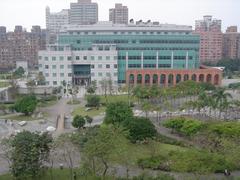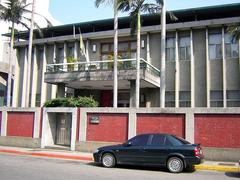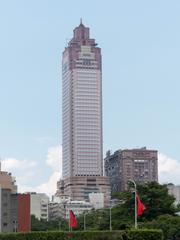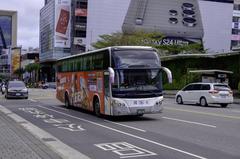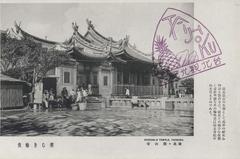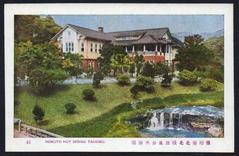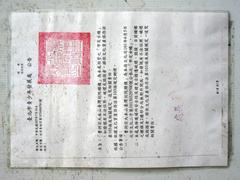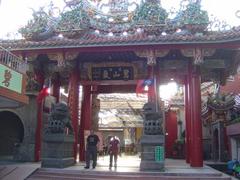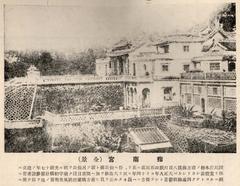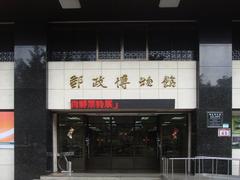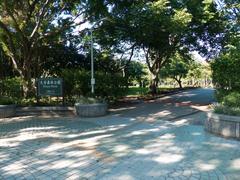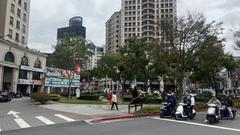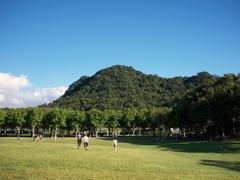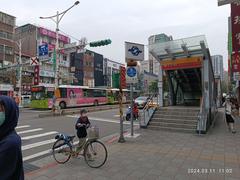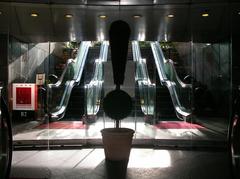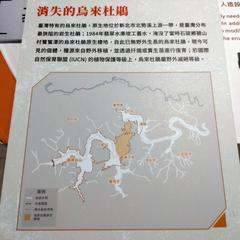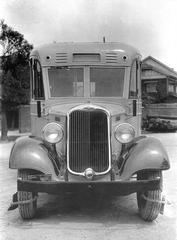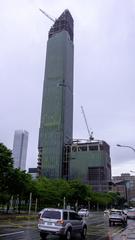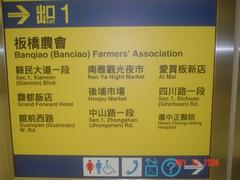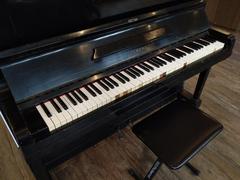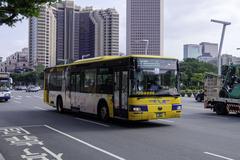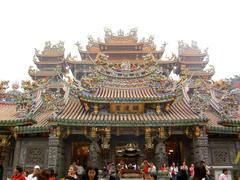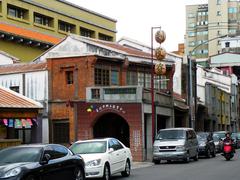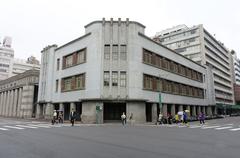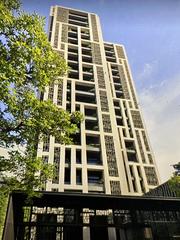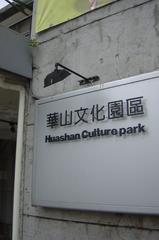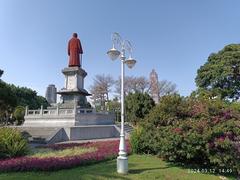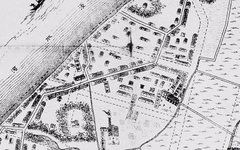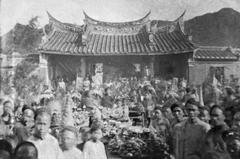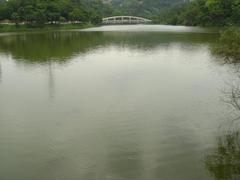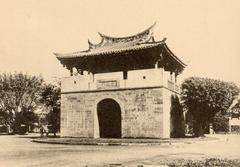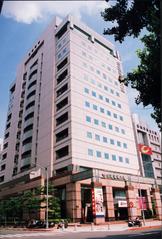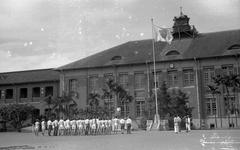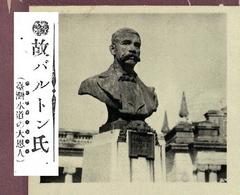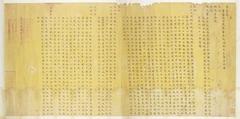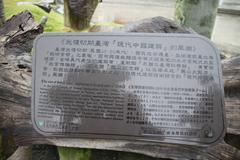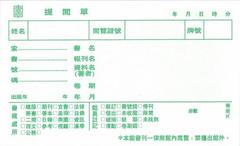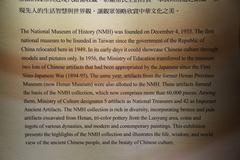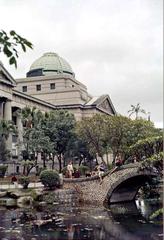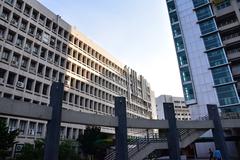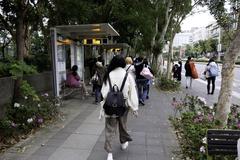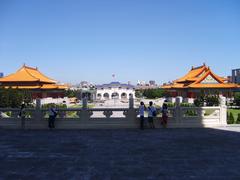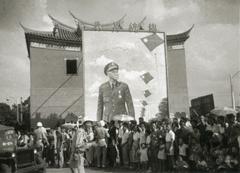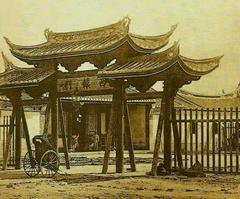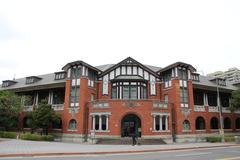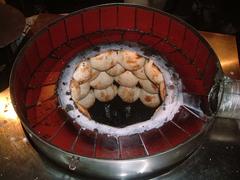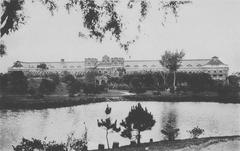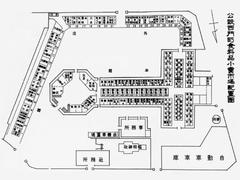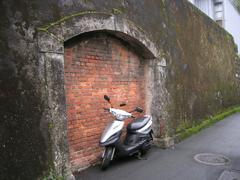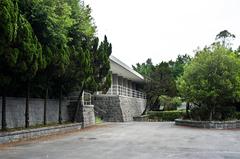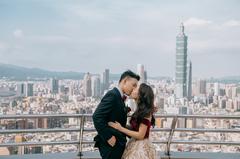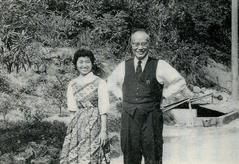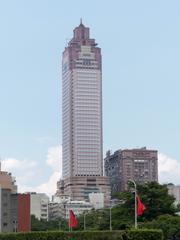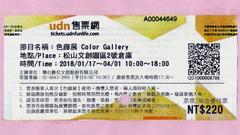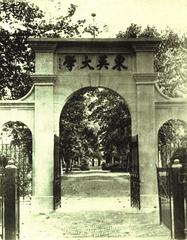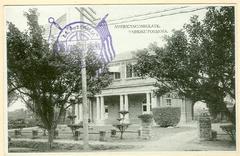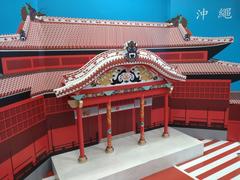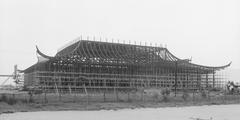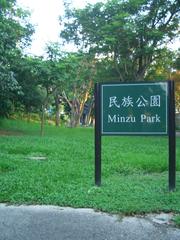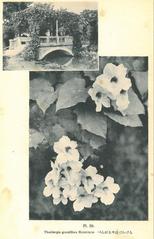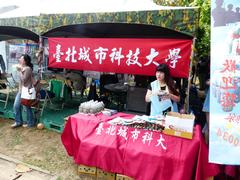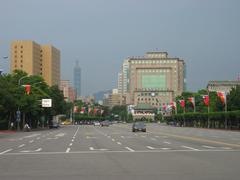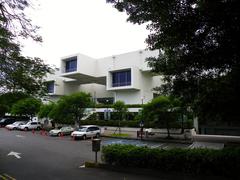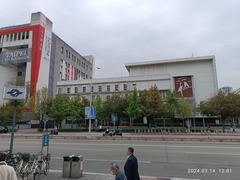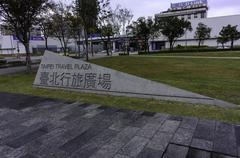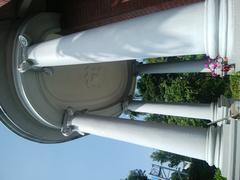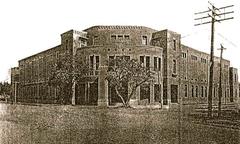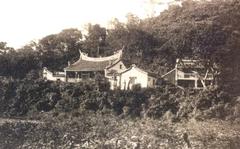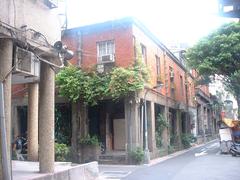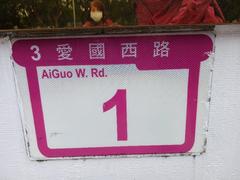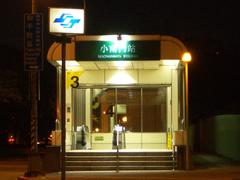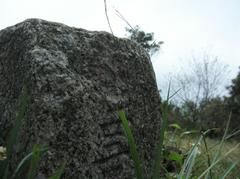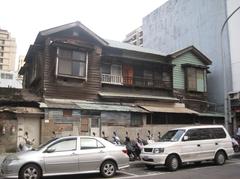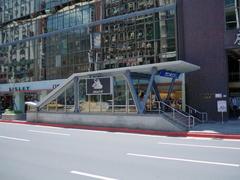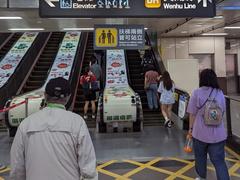Huang Family Widow’s Memorial: Visiting Hours, Tickets & Taipei Historical Sites Guide
Date: 15/06/2025
Introduction
The Huang Family Widow’s Memorial stands as a profound symbol of Taiwan’s cultural heritage amid the bustling cityscape of Taipei. This site, rooted in Confucian ideals such as loyalty, filial piety, and family honor, offers visitors an authentic glimpse into Taiwan’s Qing Dynasty and Japanese colonial eras. Whether encountered as a traditional Hokkien-style ancestral estate or as an outdoor stone archway in Wanhua District, the memorial presents a unique opportunity to explore the island’s historical identity and evolving social values (Taipei Travel Pictorial, Taipei City Government Tourism, RTaiwanR).
Contents
- Introduction
- Visiting Hours & Tickets
- Directions & Accessibility
- Historical Background & Architectural Features
- Cultural Significance & the Huang Clan
- Rituals, Community Engagement & Visitor Experience
- Visuals & Media Resources
- Related Historical Sites in Taipei
- Frequently Asked Questions (FAQ)
- Preservation & Heritage Status
- Practical Visitor Tips & Responsible Tourism
- Etiquette Guidelines
- Nearby Attractions
- Conclusion and Recommendations
- Sources & Further Reading
Visiting Hours & Tickets
- Open daily: 9:00 AM – 5:00 PM
- Admission: Free for all visitors
- Special tours: Occasionally available on weekends or holidays; check the official Taipei tourism website for the latest schedule and any ticketed events.
Outdoor memorial archways in Wanhua District are accessible 24/7, while the sanheyuan estate may have limited hours depending on its integration with Long Men Junior High School. Always verify current opening times before your visit.
Directions & Accessibility
Location:
- Wanhua District, No. 223, Section 2, Xiyuan Road, Taipei City, 108, Taiwan (台北市萬華區西園路二段223號)
- Some memorial elements are within the Long Men Junior High School campus; the outdoor memorial arch is located on a pedestrian-friendly street.
Getting There:
- By MRT: Take Bannan Line (Blue) to Longshan Temple Station. Exit 1 is a 5-minute walk to the memorial (Taipei Travel Geek).
- By Bus: Several city buses stop near Longshan Temple and Xiyuan Road.
- By Taxi/Uber: The address is well-known; taxis and rideshares are readily available.
- By Bike/Foot: YouBike stations nearby; walking distance from Ximending and other central districts.
Accessibility:
- Paved sidewalks and ramps enable wheelchair access, especially from Xiyuan Road (Wheelchair Traveling).
- Accessible restrooms at Longshan Temple and MRT station.
- Multilingual signage; QR codes may offer audio guides.
Historical Background & Architectural Features
Origins & Context
The Huang Family Widow’s Memorial was erected during the Qing Dynasty by the prominent Huang clan, originally from Fujian province. The memorial honors a widow who remained unmarried after her husband’s death—an embodiment of Confucian virtues. These acts of loyalty and filial piety were highly esteemed in Han Chinese society, particularly among elite families in the late 19th and early 20th centuries.
Architectural Highlights
-
Estate (Sanheyuan):
- Built in 1897, the estate is a classic Hokkien-style three-sided courtyard (sanheyuan), featuring red brick walls, andesite stone foundations, and imported granite perimeter walls.
- The “horseback” roof (馬背式屋頂) with clay tiles, begonia-pattern windows, moon-shaped apertures, and intricate carvings of phoenixes and mythical creatures reflect the Huang family’s wealth and cultural refinement (travel.taipei).
-
Memorial Archway (Paifang):
- Outdoor stone arch decorated with detailed reliefs and calligraphy, exemplifying traditional craftsmanship and Confucian symbolism.
-
Courtyard:
- Central area for ceremonies and gatherings, arranged according to traditional household hierarchy.
Cultural Significance & The Huang Clan
The memorial not only commemorates personal virtue but also serves as a lens into historical gender roles, social customs, and the evolution of Taiwanese identity. The Huang family remains influential in local culture and continues to uphold their ancestral legacy through heritage preservation and community engagement.
Modern visitors are invited to reflect on the changing perspectives regarding gender autonomy while appreciating the historical context of widow memorials.
Rituals, Community Engagement & Visitor Experience
- Festivals:
- The site remains active during events like Qingming (Tomb-Sweeping Day) and the Ghost Festival, where ancestor veneration rituals may be observed or participated in.
- Guided Tours & Interpretive Displays:
- Occasional tours and educational exhibits explain the site’s history and significance.
- Photography:
- Permitted for personal use; drones and commercial filming require special approval.
Visuals & Media Resources
- Images & Virtual Tours:
- Available on the official Taipei travel website, providing detailed alt-tagged photos for accessibility and SEO.
- Interactive Maps:
- Help plan your route and navigate nearby landmarks.
- Virtual Experience:
- Some resources offer immersive digital tours for remote exploration.
Related Historical Sites in Taipei
- Longshan Temple: Iconic religious site, 300 meters northeast (RTaiwanR).
- Bopiliao Historical Block: Preserved Qing and Japanese-era street, 400 meters away.
- Huaxi Street Night Market: Local delicacies and vibrant street life.
- Beimen (North Gate), Lin An Tai Historical House: Additional architectural and historical attractions.
Frequently Asked Questions (FAQ)
Q1: What are the visiting hours?
A1: Indoor estate: 9:00 AM–5:00 PM; outdoor memorial arch: open 24/7.
Q2: Is there an admission fee?
A2: No; both estate and archway are free to visit.
Q3: Is the site accessible for wheelchair users?
A3: Yes—best access from Xiyuan Road.
Q4: Are guided tours available?
A4: Occasionally, especially during festivals or by prior arrangement.
Q5: Can I take photographs?
A5: Yes, for personal use. Follow posted guidelines.
Preservation & Heritage Status
- Legal Protection:
- The estate is a designated historic site under Taiwan’s Cultural Heritage Preservation Act (travel.taipei).
- Conservation Efforts:
- Restoration uses traditional materials and techniques; interpretive signage and guided tours support education and appreciation.
- Challenges:
- Urban development, funding, and public awareness remain ongoing concerns.
Practical Visitor Tips & Responsible Tourism
- Learn Before You Go:
- Understanding the site’s context fosters deeper respect.
- Engage Respectfully:
- Approach staff and ceremonies with politeness; avoid interrupting rituals.
- Support Preservation:
- Purchase local souvenirs or donate to conservation if available.
- Use Public Transport:
- Reduce environmental impact by utilizing MRT and buses (Holidify).
- Stay Hydrated & Prepared:
- Taipei can be humid; bring water (consume outside the memorial) and weather-appropriate gear.
Etiquette Guidelines
- Dress Modestly: Cover shoulders and knees out of respect.
- Speak Softly: Maintain a quiet, reverent atmosphere (The Lady Who Travels).
- Avoid PDA: Public displays of affection are inappropriate (Everlastying).
- Respect Rituals: Do not touch altars or offerings unless invited.
- Photography: Ask before photographing indoors or near altars; mute devices.
- No Littering or Eating: Help keep the site pristine.
- Practice Gratitude: Thank staff and volunteers.
Nearby Attractions
- Chiang Kai-Shek Memorial Hall: Iconic architecture & guard ceremony (Away with Danae).
- National Taiwan Museum: Heritage and natural history (Holidify).
- Dadaocheng Wharf: Riverside park and local snacks.
- Ximending: Shopping and entertainment.
- National Palace Museum: Chinese imperial artifacts (Britannica).
- Sun Yat-sen Memorial Hall: Exhibitions and gardens.
Conclusion and Recommendations
The Huang Family Widow’s Memorial is not just a monument but a living narrative of Taiwan’s cultural identity and history. Whether you’re admiring the architectural details of the sanheyuan estate or the serene dignity of the stone archway, you’ll gain valuable insights into Taiwan’s past and present. With free admission, excellent accessibility, and proximity to other major landmarks, the memorial is an essential stop for anyone exploring Taipei’s heritage.
For a seamless experience, use digital resources such as the Audiala app for guided tours and interactive maps, and follow local social media for event updates. By observing etiquette and supporting conservation, you help ensure the memorial’s legacy endures for generations.
Plan your visit today and immerse yourself in a journey bridging Taipei’s storied past and vibrant present (Travel Taipei, Away to the City, Wheelchair Traveling).
Sources & Further Reading
- Taipei Travel Pictorial
- Taipei City Government Tourism
- RTaiwanR
- The Lady Who Travels
- Away to the City
- Wheelchair Traveling
- Holidify
- Britannica
- Away with Danae
